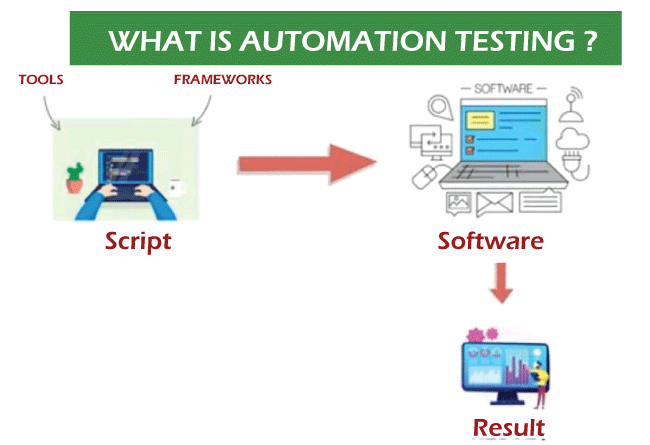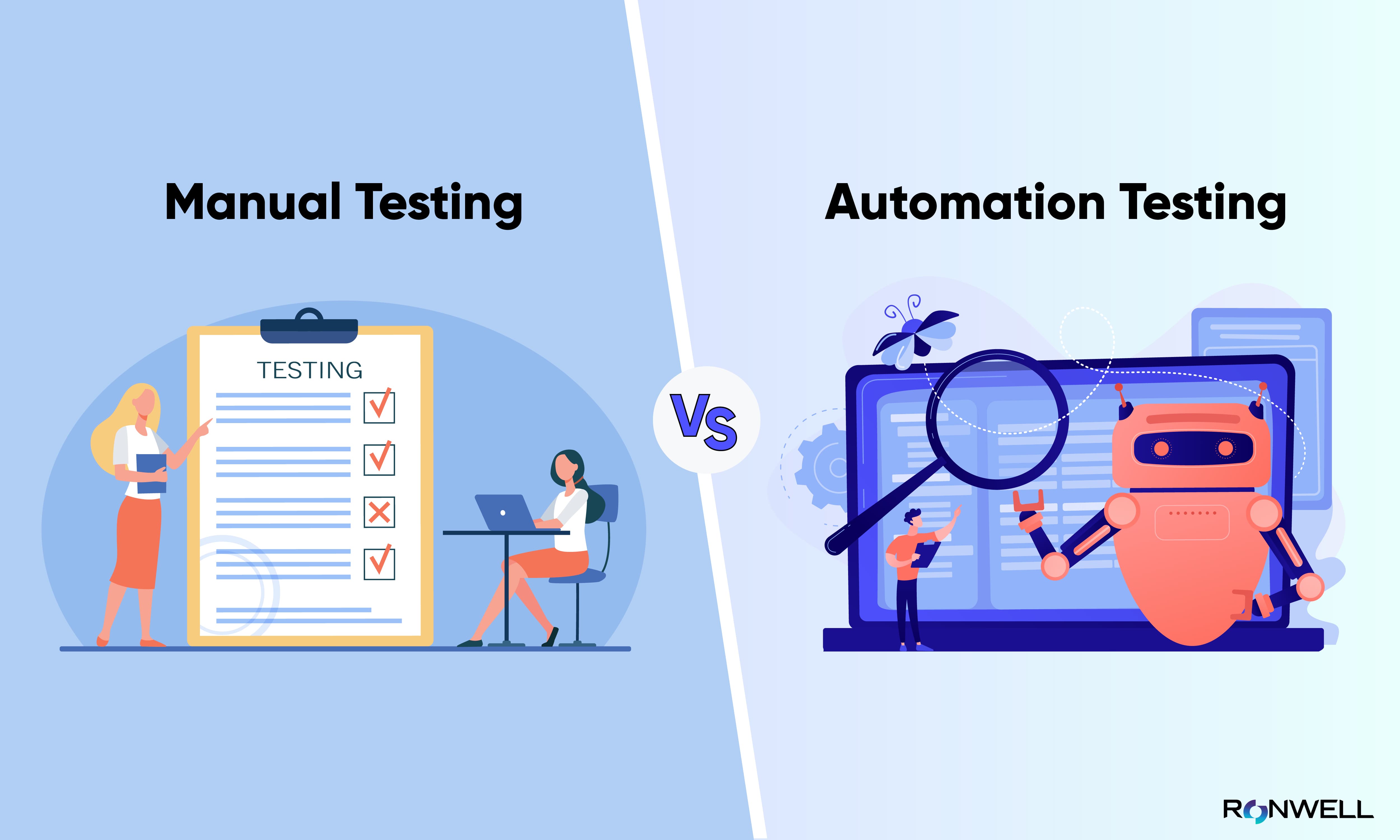From Handbook to Automated Screening: A Comprehensive Overview to Transitioning Efficiently and Effectively
In the world of software program testing, the change from handbook to automated procedures has become a progressively essential shift for companies looking for to enhance effectiveness and accuracy in their screening practices. The trip from handbook to automated screening is not without its difficulties, but when come close to strategically and with a clear plan in mind, the advantages can be considerable.
Advantages of Automated Evaluating
Automated screening provides many benefits, enhancing effectiveness and accuracy in software program development processes. Automated examinations can be run simultaneously on multiple gadgets and running systems, considerably speeding up the screening stage contrasted to manual testing.
Additionally, automated testing ensures a greater degree of accuracy in discovering defects. Uniformity in testing is also improved, as automated tests implement the exact same steps exactly each time they are run.
Selecting the Right Devices

First of all, examine your needs and goals. Comprehend the range of your project, the technologies involved, and the ability of your team. This analysis will aid you identify the capacities and attributes you need in your testing tools.
Secondly, think about the compatibility of the tools with your existing procedures and systems. Smooth combination with your present software application advancement lifecycle is vital to guarantee a smooth transition to automation.
Additionally, review the scalability and flexibility of the tools. As your screening needs develop, the tools need to have the ability to adapt and accommodate adjustments successfully.
Lastly, variable in the assistance and community around the tools. Durable assistance and an active customer neighborhood can offer beneficial resources and assistance when implementing automated screening. By carefully taking into consideration these elements, you can pick the right tools that straighten with your demands and established the stage for a successful change to automated testing.
Composing Effective Examination Manuscripts

When crafting test scripts, it is important to think about the certain needs of the software being checked and make sure that the scripts resolve all essential capabilities. Detailed and clear naming conventions for examination scripts and examination cases can improve readability and maintainability. Additionally, integrating mistake handling mechanisms within the examination manuscripts can assist in recognizing and dealing with concerns quickly.
Furthermore, arranging examination scripts into modular parts can improve reusability and scalability, minimizing redundancy and boosting efficiency in examination manuscript maintenance. Regular evaluations and updates to examine scripts are important to equal progressing software demands and capabilities. By adhering to these principles, testers can produce durable and reliable test scripts that contribute dramatically to the success of automated screening procedures.
Integrating Automation Into Workflows
By seamlessly incorporating find out here now automated screening tools like Selenium or Appium right into the software application growth lifecycle, groups can achieve faster feedback on code modifications, leading to quicker bug discovery and resolution. This combination allows for constant testing throughout the advancement process, ensuring that any type of issues are identified early on, resulting in greater software high quality. Proper assimilation of automation tools calls for collaboration between growth, testing, and procedures groups to establish a unified operations that optimizes performance and efficiency in supplying top notch software products.
Making Certain a Smooth Transition
Effectively transitioning to automated screening involves careful preparation and careful execution to make the most of and lessen disruptions efficiency in the software application advancement procedure - automation testing. To make certain a smooth transition, it is necessary to begin by conducting an extensive evaluation of the existing screening procedures and identifying locations where automation can bring the most significant benefits. Involving with all stakeholders early at the same time, consisting of designers, testers, and task supervisors, is critical for garnering support and buy-in for the automation initiative
Communication is essential during this transition phase. Clear interaction of the objectives, advantages, and assumptions of automated screening assists to handle any type of resistance or worries that may develop. Furthermore, offering appropriate training and resources for staff member to upskill in automation devices and strategies is crucial for making certain an effective shift.

Verdict
Finally, transitioning from manual to automated testing provides many advantages, consisting of increased efficiency and dependability. By choosing the suitable devices, creating reliable test manuscripts, and integrating automation perfectly into process, organizations can make sure a effective and smooth shift. It is necessary to welcome automation as a beneficial asset in software application screening processes to improve overall quality and productivity.
In the world of software program screening, the change from handbook to automated processes has become an increasingly important transition for organizations looking for to boost effectiveness and accuracy in their these details testing practices. Automated examinations can be run at the same time on multiple devices and running systems, significantly speeding up the testing phase contrasted to hands-on testing. Consistency in screening is additionally boosted, as automated tests execute the very directory same actions exactly each time they are run.To ensure the effective execution of chosen testing devices, the development of effective examination scripts plays a vital role in confirming the capability and performance of automated procedures - automation testing. By complying with these principles, testers can develop robust and reliable test manuscripts that contribute considerably to the success of automated screening processes